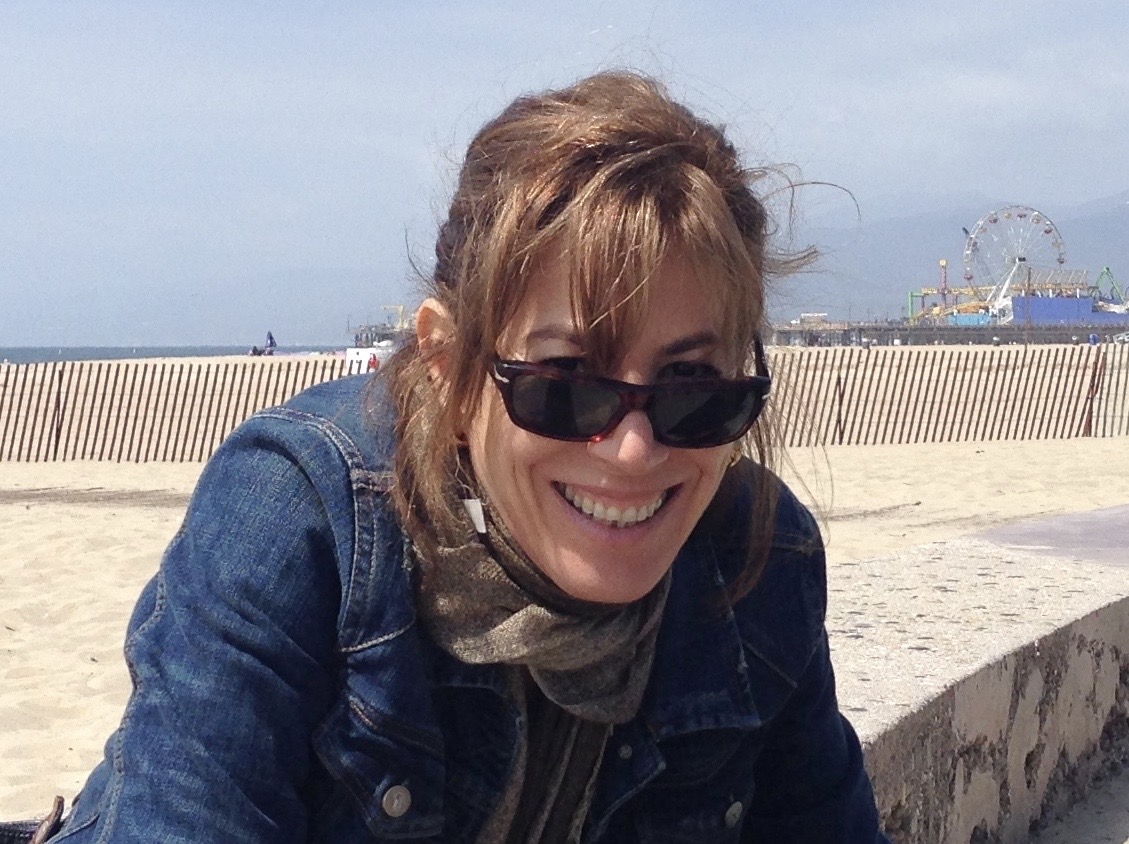Meet Mia Certic, Executive Director of the Montauk Historical Society

Maria Certic can forgive people for thinking that her main job as executive director of the Montauk Historical Society is to store crumbling papers and photos that are turning brown. That is the image that many people have of historical societies. But she promises there’s much more to what they do.
“We believe it is essential to preserve history for future generations,” says Certic, who has been executive director for five years. “And of course that includes documents and artifacts. But we also have a mission to share that history, which we strive to do through outreach to the community, events and exhibitions that demonstrate its significance today.”
While Montauk stands out as different from the rest of the Hamptons, its history is every bit as old and as rich.
“Driving into downtown Montauk from the west, it might look as though it was built in the nineteen-fifties,” Certic says with a laugh. “So it’s our job as a historical society to share its long and fascinating history.” She points out that the hamlet was home to indigenous peoples for thousands of years before the European settlers arrived, and that after the founding of East Hampton in 1648, its proprietors leased grazing land from the Montaukett Tribe for over 200 years.
The Historical Society owns the Montauk Point Lighthouse Museum and the Montauk Indian Museum, and runs the Second House Museum and the Carl Fisher House under a licensing agreement with the Town of East Hampton, which owns those two properties.
The Lighthouse, a National Historic Landmark built in 1796, offers visitors the opportunity to climb its tower and to stroll through its charming and informative museum of lighthouse and Montauk history. It is also home to many summer events, including lectures, visits by the Quogue Wildlife Refuge, lighthouse weekend, and live concerts. On November 29th it will host its annual public “lighting the lighthouse,” a beautiful event to welcome the holiday season.
The Montauk Indian Museum was founded by Lawrence Cooke, who has since resigned from his job as its director. Today it remains closed as the Historical Society, working with the Montauketts, plans to reimagine the space. Certic spoke fondly of the Archeology Fests that were held on the grounds in 2012, 2013 and 2014, saying there has been a lot of interest in reviving them.
Second House, the oldest house in Montauk, has recently undergone a meticulous restoration by the Town of East Hampton. It reopened last summer after 12 years of closure with a vibrant exhibition of photographs by artist/poet Nat Ward.
The Carl Fisher House was owned for 65 years by the Akin family before it was purchased by the Town with CPF funds in 2021. A developer who built the Indianapolis Speedway and created Miami Beach from a mangrove swamp, Fisher made incredible advances in Montauk, including blasting an inlet from the Block Island Sound into a freshwater lake to create a safe, deep-water harbor and creating the blueprint for modern Montauk. His former house now hosts lectures and, for the past two summers, interactive exhibitions about local history.
Certic is enthusiastic about these temporary, original, Montauk-centric exhibitions, which she hopes to continue annually. The first, in 2024, was a virtual re-creation of a Leisurama house, inspired by a gift of an entire set of original furnishings from the 1960s. For those who don’t know, Leisuramas were well-designed but modest dwellings that were built to be summer houses for the middle class. They came fully equipped with appliances, modern furniture from Macy’s, kitchenware, linens — and even toothbrushes, and were sold with land and deeded access to a private Sound beach.
“The houses were marketed in an original way — one was literally built on the 8th floor of Macy’s Herald Square,” said Certic. “We thought, with this donated furniture we can pretty much do the same thing inside the Carl Fisher great room, which is about the same size as an original Leisurama.” The houses had a starting price of about $13,000 in 1965, and now sell for over $1.5 million.The exhibition proved popular, with younger folks coming to get a sense of 1960s life, and older people enjoying a blast from their past.
This summer’s theme was rumrunning, with specific attention paid to the effects of Prohibition on the people of Montauk. “Many felt a strong personal connection with Leisurama, because they owned or rented or visited friends who lived in one. But rumrunning took place a hundred years ago, and no one had first-hand experience of it,” Certic explained. “So we focused on the people who lived here back in the ’20s, and how it affected their lives, and that really brought the history alive. There were a lot of names that people recognized in the rum-running exhibition.”
As this article goes to print, Fisher House, Second House and the Montauk Indian Museum do not have scheduled open hours, though members can request private tours by calling Mia Certic at 631.668.5340. The lighthouse will be open weekends until the end of the month. For more information about visits and hours, visit montaukhistoricalsociety.org.
“I’ve always loved Montauk history,” says Certic, “ever since I was a little girl and my family started spending summers out here — in a Leisurama house that I still live in today! How lucky am I to have a job that lets me share that history with others?”
Todd Shapiro is an award-winning publicist and associate publisher of Dan’s Papers.









